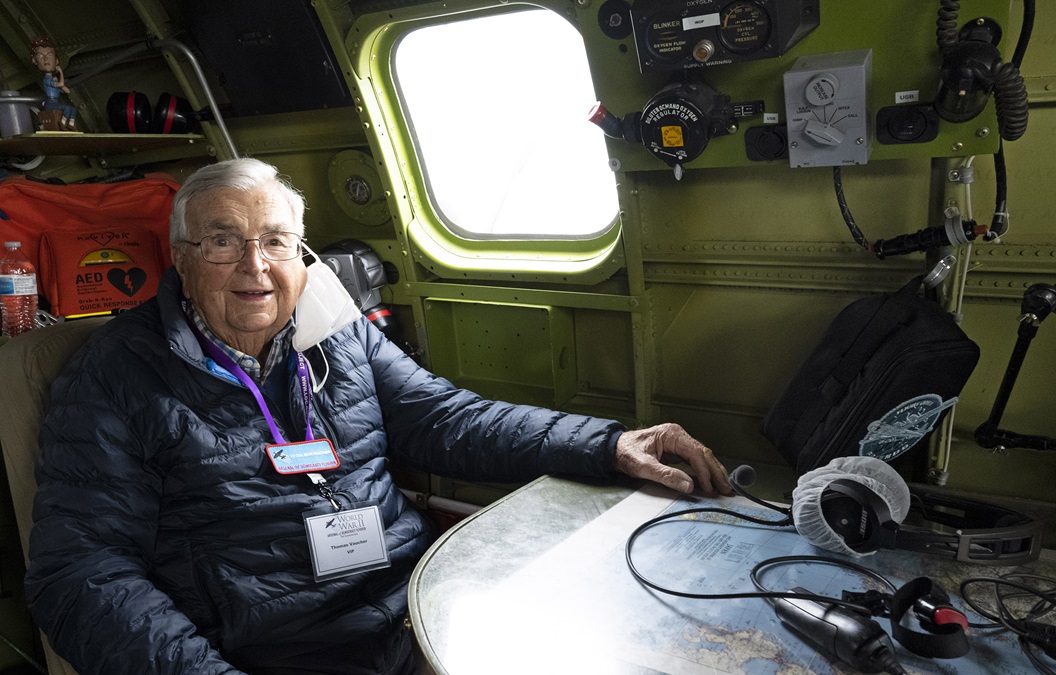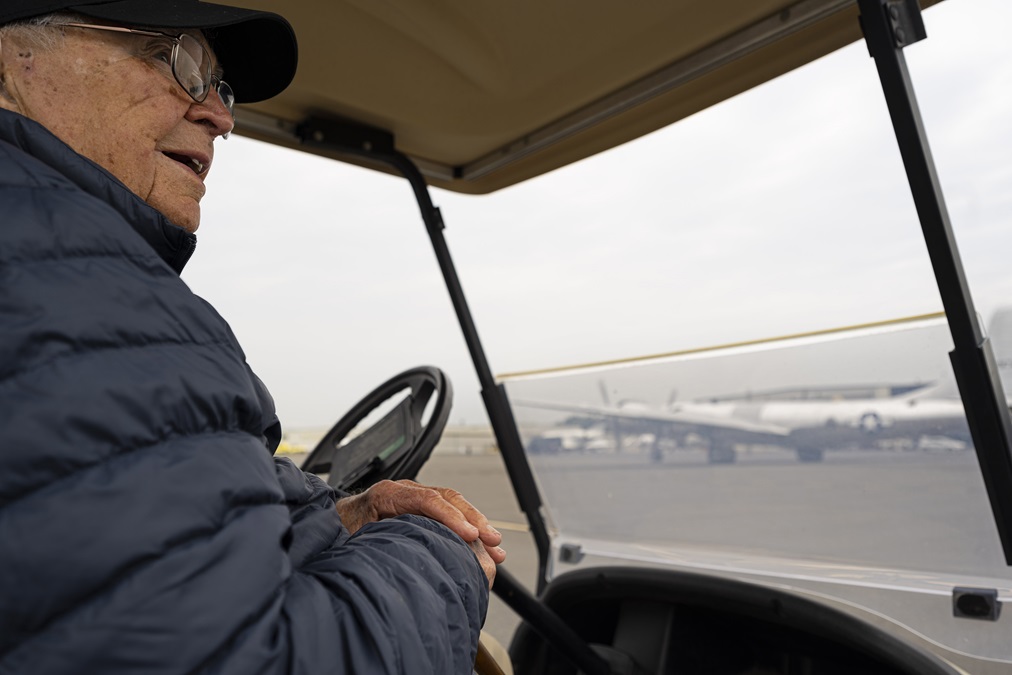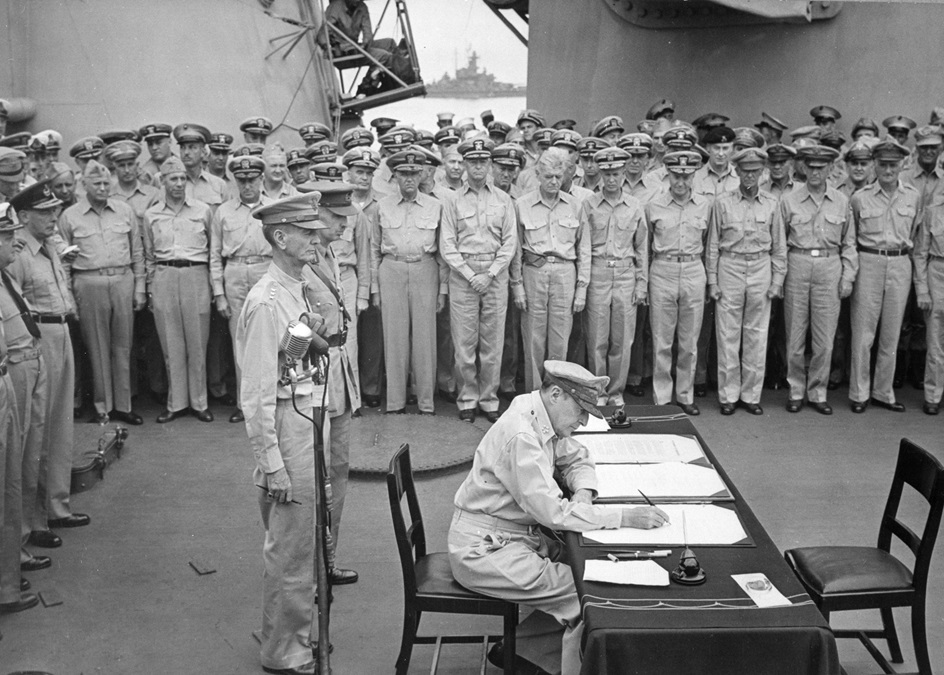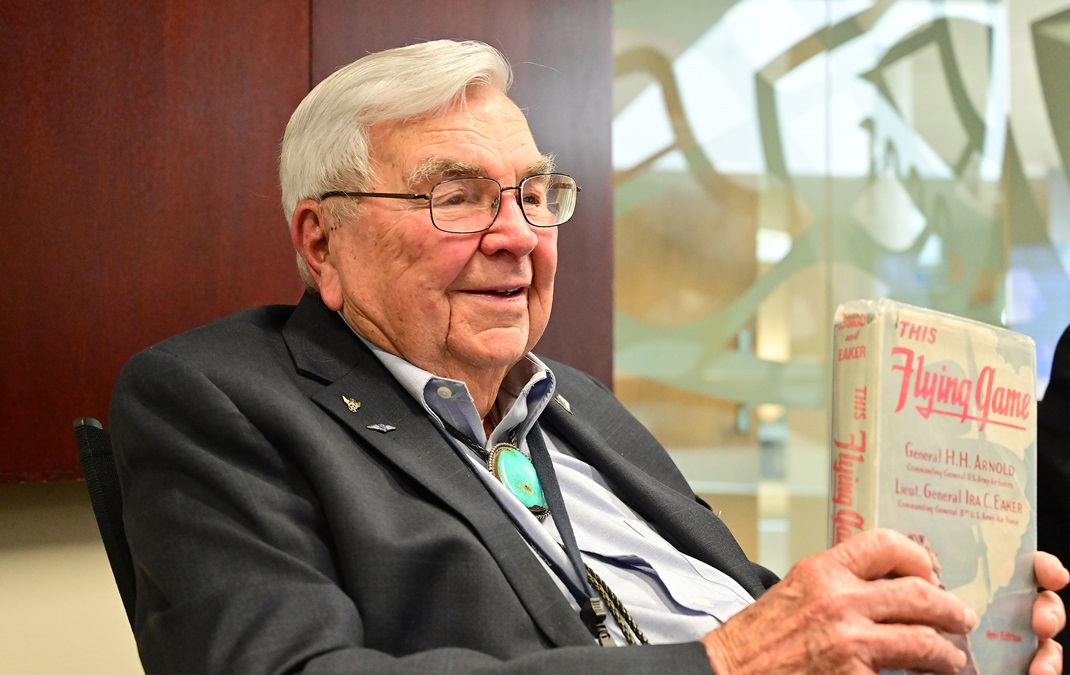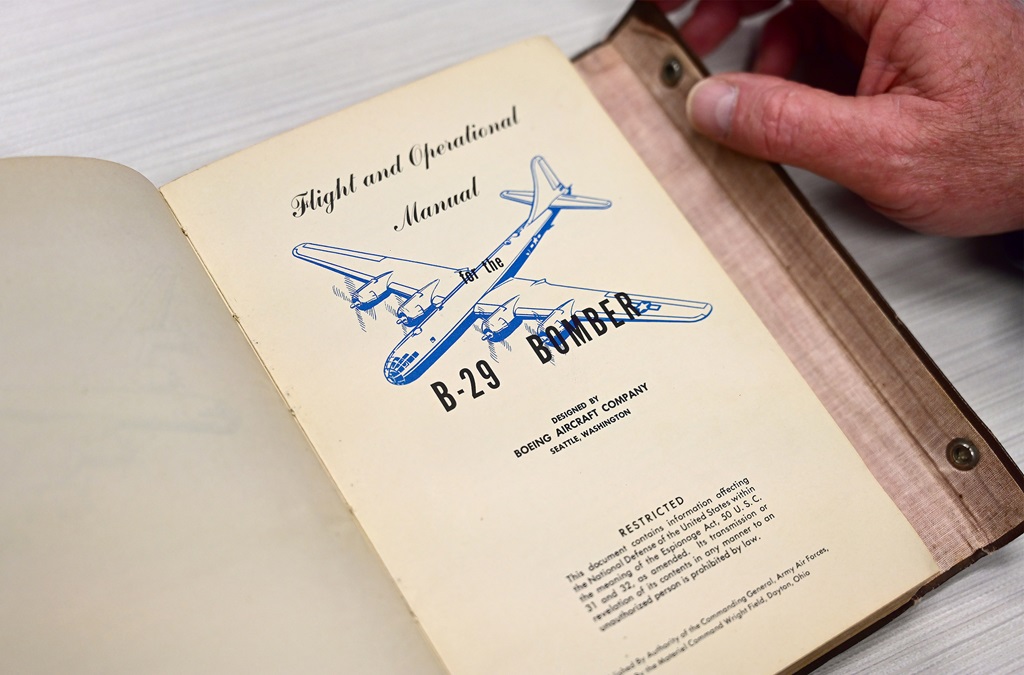Retired U.S. Air Force Lt. Col. Thomas Robert ‘Bob‘ Vaucher dies at 102
World War II pilot led B–29s over ‘USS Missouri’ during Japan’s 1945 surrender
Retired U.S. Air Force Lt. Col. Thomas Robert “Bob” Vaucher organized and led a massive Boeing B–29 Superfortress flyover of the USS Missouri in Tokyo Bay at 9:08 a.m. on September 2, 1945, during a signing ceremony documenting Japan’s World War II surrender. The decorated war veteran and general aviation pilot was 102 when he died at his New Jersey home February 7.
Vaucher’s intimate relationship with the four-engine bomber began when he delivered the first one to the armed forces from Boeing’s Pratt, Kansas, factory at age 24 in 1943. It culminated at age 101 when Vaucher supervised pilots from the navigator’s station during an honorary flight aboard the restored B–29 Doc on September 26, 2020. After the flight above the rolling hills of northern Virginia, Vaucher was animated as he regaled Doc pilot Steve Zimmerman with a few stories from war missions when things didn’t go exactly as planned.
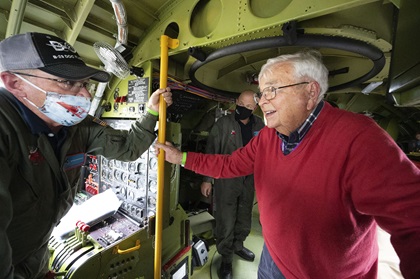
“I flew it so much it was second nature to me,” Vaucher said from the pilot seat of the B–29 during a video recounting his wartime flying experience. “I have 3,000 hours sitting in this chair—a year and a half of work.”
Vaucher was the honorary air boss for the Arsenal of Democracy warbird flyover of the nation's capital in honor of the seventy-fifth anniversary of the end of World War II in the European theatre before the mission was scrubbed for weather.
Arsenal of Democracy air boss Mike Ginter, AOPA vice president of airports and state advocacy, had kind words about Vaucher’s visit to northern Virginia. “The AOD just jazzed him up! It was evident that Bob’s energy level increased as he engaged with flyover pilots and took in the sights and sounds of world War II warbirds. He really helped us remember why we organized the seventy-fifth anniversary flyover—Bob made it personal for all of us.”
Ginter said that pilots loved hanging out with Vaucher. Ginter was performing an informal pilot briefing to warbird pilots at Culpeper Regional Airport when he spotted Vaucher’s distinctive shock of gray hair and disarming smile, arriving on the arm of Donna Lazartic. “When Bob came into the hangar, I stopped and introduced him, and he got a five-minute standing ovation. When he started telling the pilots about leading the B–29 Superfortresses to end World War II, you could have heard a pin drop.”
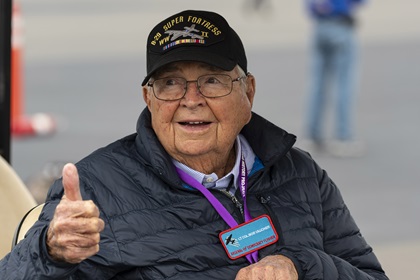
Vaucher said flying the super bomber during wartime missions “was a feeling that could never be described. You knew that your life would change … and it changed overnight."
In the course of 46 months of active Army Air Corps service, Vaucher flew nearly 40 different aircraft types during 117 combat patrol, bombing, mining, and photography missions in Panama, Guatemala, Ecuador, Peru, the Galapagos Islands, India, China, and Tinian. His military awards include two Distinguished Flying Crosses, five Air Medals, eight battle stars, and 13 wartime commendations and citations, according to his biography. He was an active GA pilot for 62 years.
Vaucher was born December 3, 1918, in Mission, Texas. He became interested in aviation at age 17, earned a private pilot certificate at age 21, and enlisted in the U.S. Army Air Corps shortly thereafter. Vaucher was barely 23 years old when he piloted his first patrol mission in a Douglas B–18 Bolo medium bomber searching for German ships and submarines off the U.S. East Coast. It was just nine days after the Japanese attack on Pearl Harbor.
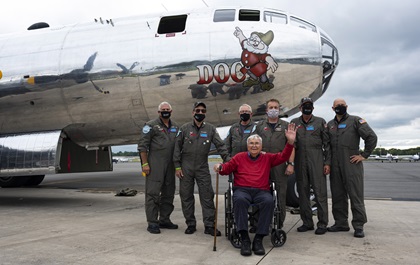
He is recognized for several B–29 “firsts” that are recorded in his biography. Vaucher flight-tested a B–29 to 38,000 feet to assess bomb bay activation, pressure modifications, and other systems; flew as commander on the aircraft’s first strategic combat mission against Japan; flew on the longest nonstop World War II combat mission of 4,030 nautical miles round trip from India to Sumatra; and streamlined cruise procedures that helped increase bomb load by almost 50 percent.
Vaucher was inducted into the New Jersey Aviation Hall of Fame in 2013; he was accepted for enshrinement into the National Aviation Hall of Fame in 2014; and he participated in the seventieth anniversary of the end of World War II from the National Mall in Washington, D.C.
When asked how it felt to be among the veterans of World War II being remembered decades after their service and military accomplishments, Vaucher was quietly reflective. “It brings tears to my eyes, that we’re not forgotten,” he said.

